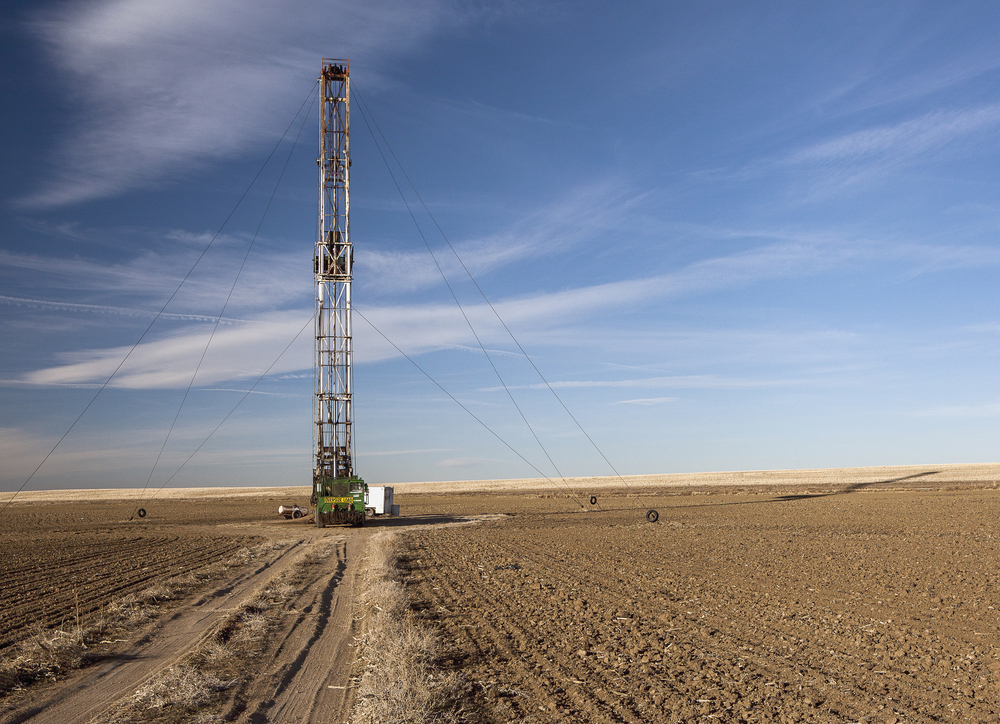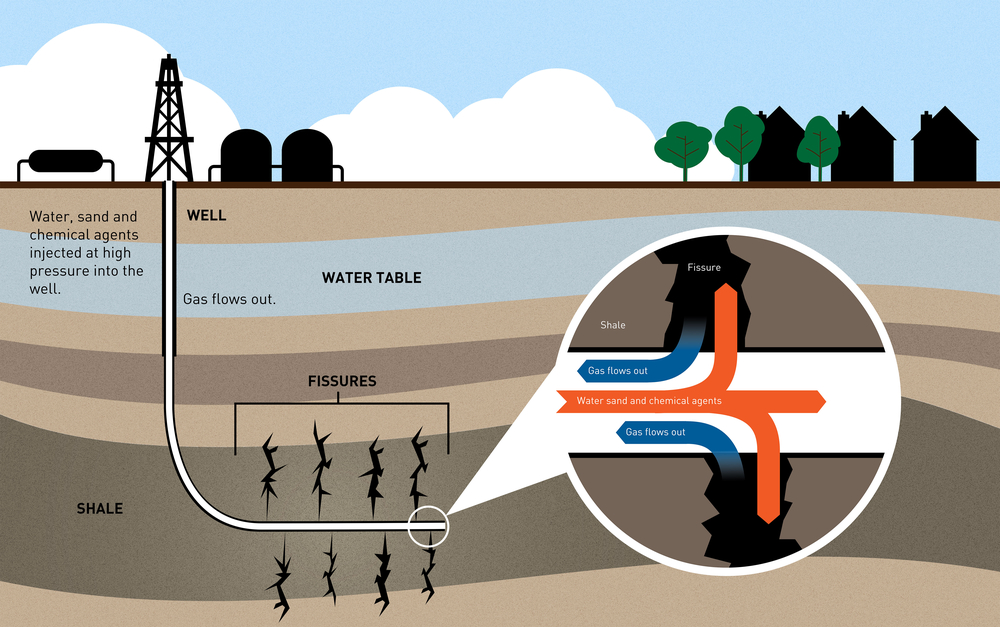Transdisciplinary science and the future of energy

Scientific inquiry is best served when research is focused on addressing the welfare of society and tackling issues of importance to its development and survival. The establishment of the four research pillars at KAUST—energy, food, water and the environment—represents such a commitment to addressing global challenges.
Hydrocarbon fuels make up a massively important part of the energy equation. The maintenance of economic prosperity is tightly interwoven with the consumption of petroleum and natural gas, resources that are finite in nature.

Professor Tadeusz W. Patzek is the Center Director of the Upstream Petroleum Engineering Center.
The paper, "Physics, fracking, fuel, and the future," poses the question: "How long and in what ways can humans sustain the energy-intensive way of life we take for granted?" Informed by his interest in the ecology of human survival and energy supply schemes for humanity, Patzek emphasizes in the paper the need to find sustainable bridges until alternative energy sources become viable.
The optimist and the pessimist
At opposite extremes of the future of energy debate are the optimists and the pessimists. The optimists believe that technological and economic developments will continue to adapt to the availability of resources in the future. The pessimists take the view that the world economy could crumble at any time due to our unsustainable energy consumption habits.
An example used in the paper as an analogy for the sustainability of today's petroleum and natural gas future outlook is the whale oil industry back in the 1800s. During that time, whale oil was used for lighting lamps. As the supply of whales decreased, the price for their oil quadrupled. In 1859, natural petroleum was discovered and kerosene, a distillate of petroleum, became a substitute for whale oil.
An arguably similar scenario is now being explored with the increasing research focus on renewable technologies such as biofuels and photovoltaics.
The optimists are essentially aware that securing a stable energy future goes hand-in-hand with a commitment by scientists and policymakers to find sustainable ways to produce and consume energy. To avoid the pessimist scenario of a global energy crisis, both developing and developed countries need to reduce their per-capita consumption of power on a day-to-day basis.
Fracking and the growth of shale gas
As the demand for petroleum and natural gas has increased, efforts have continued to both assess current identified reserves and discover new sources.

Fracking for shale gas infographic.
Hydraulic fracturing, or fracking, is a technique used to increase oil and gas production and is often cited as a key technology in producing some of these new resources. Fracking involves pumping large quantities of fluids at high pressure (water, sand and chemicals) into a well with the aim of producing fractures in the rock formation. This often creates better pathways for hydrocarbons trapped within shale formations to flow from the reservoir.
As recently as 2000, shale gas made up only 1 percent of natural gas production in the United States. By 2010, it was already at over 20 percent. It is predicted that by 2035, 46 percent of the U.S. natural gas supply will come from shale gas. Many other countries are also actively pursuing shale deposits.
The role of physicists
An interesting characteristic of the Physics Today paper is the cross-disciplinary makeup of its authors. Although they are all knowledgeable in each other's fields, Patzek possesses a strong background as a petroleum engineer, Tinker brings the perspective of a geologist and Marder delves into the theoretical aspects of physics.
The paper points out that over the past two centuries, applications from many disciplines have their origins in the field of physics. Interestingly, once the theory has been applied to industry, physicists themselves are no longer the most specialized. For instance, although physicists discovered electrons and holes, they don't design circuits as reliably as electrical engineers.
"The practical applications of physics to oil detection, transport, and recovery come from geoscientists and petroleum engineers," the authors added.
Despite the challenges and often divergent interests, collaborations between pure research and applied approaches must be maintained and promoted to secure the world's future energy supply.
"The physics community must participate in shaping how energy issues play out over the coming decades. The development of fusion reactors, photovoltaic cells and other potential energy sources clearly requires contributions from physicists," the researchers noted.
- By Meres J. Weche, KAUST News

